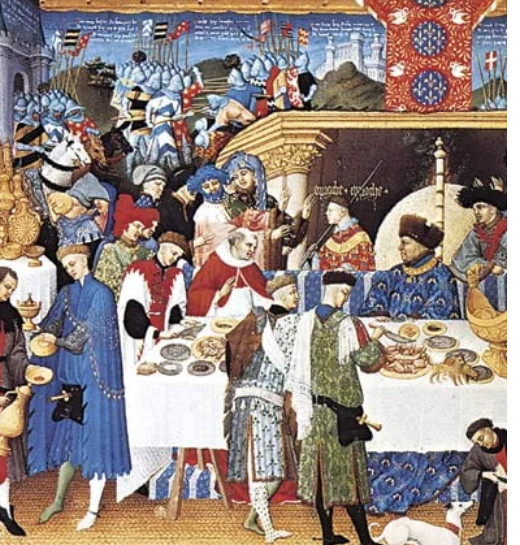12th century - 16th century
Gothic

description
Gothic is a European medieval art movement that replaced the Romanesque style, and included architecture, sculpture, painting, fresco and other platforms of fine art. The style appeared in France in the middle of the 12th century, spreading through England, Germany, the Czech Republic, Spain, Italy, lingering until the 16th century.
In Gothic cathedrals, where walls were practically absent, the leading role was assigned to stained-glass windows that tell stories from the New Testament, less often from the Old Testament – the Last Judgment, about calendar cycles, virtues and vices, about the seven free sciences, about scenes from the life of saints. Empty spaces were filled with repeating stained glass windows. The light passing through the stained-glass windows was colored and superimposed with many colors on the interior, creating a special atmosphere.
Gothic is famous for book miniatures. These are illustrated manuscripts, psalters, books of hours, secular literature (knightly novels). It is worth noting that the characters from the biblical scenes were depicted in the clothes of the Middle Ages.
Thanks to portrait historicism, we have a more correct understanding of the social structure of this period.
The principles of the Byzantine canons in the visual arts are being modernized – the characters are depicted in profile and with their backs to the viewer, the characters argue, gesticulate, express their dissatisfaction and hide something.
Key artists: Robinet Testar, Master of the Countess of Warwick, Bartolome Bermejo.
Key works:
Christ Leading the Patriarchs into Paradise. 1480. Bartolome Bermejo.
Charles of Angouleme and Louise of Savoy play chess. 1496-1498. Robin Testar.
Portrait of a lady. 1567. Master of the Countess of Warwick.
